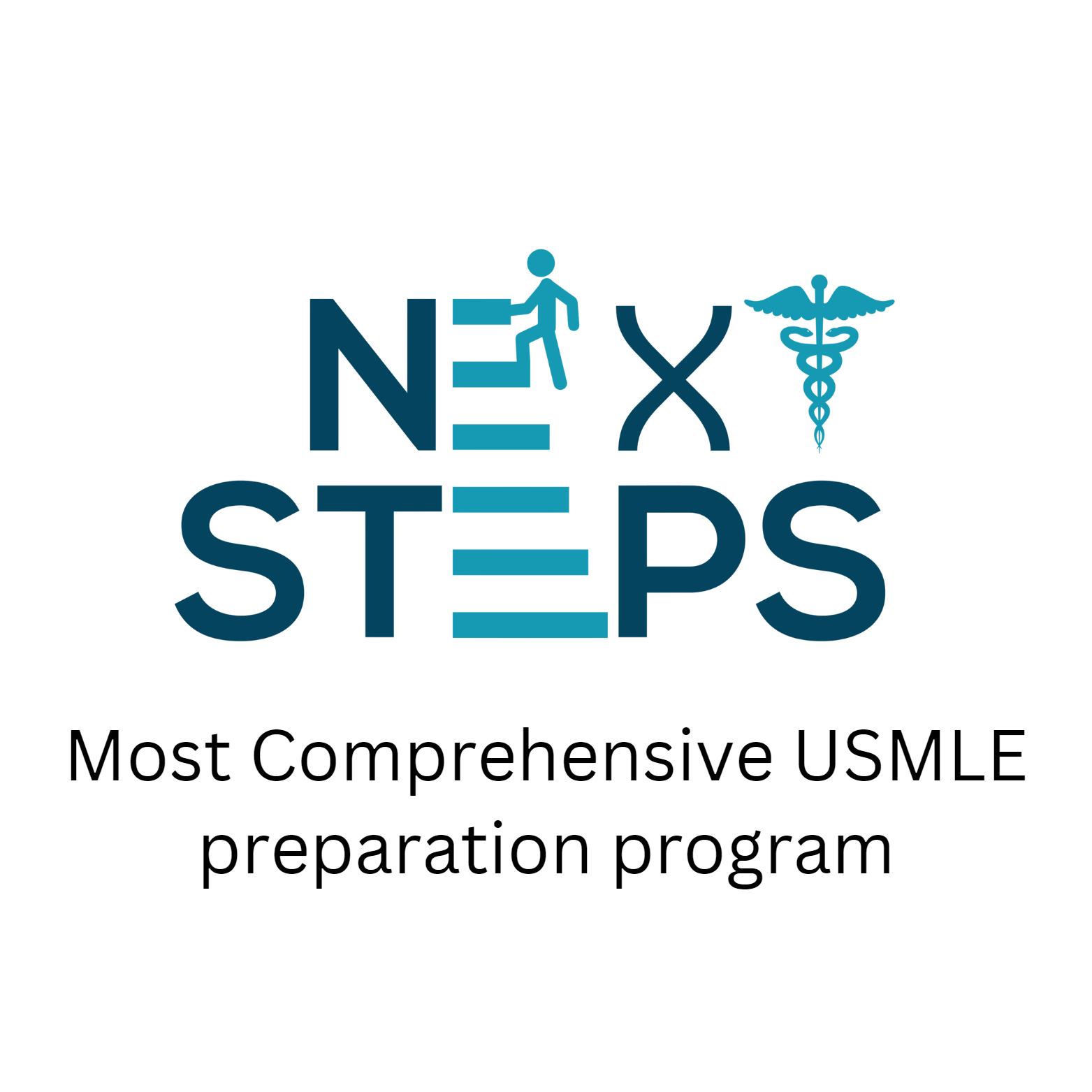Introduction
USMLE (United States Medical Licensing Examination) clinical rotations are a vital part of medical education, allowing students to gain hands-on experience in various medical specialties. These rotations are instrumental in preparing future physicians for their careers and licensing exams. In this blog post, we’ll explore the different types of clinical rotations available, the specialties they cover, and how they contribute to a well-rounded medical education.
1. Core Clinical Rotations
Core clinical rotations are the fundamental, mandatory rotations that most medical schools require. These rotations are typically in the core medical specialties and include:
Internal Medicine: This rotation covers the diagnosis and treatment of a wide range of medical conditions, providing a comprehensive understanding of adult patient care.
Surgery: Students learn surgical techniques, pre-operative and post-operative care, and experience a variety of surgical procedures.
Pediatrics: Focusing on the health and development of children, this rotation covers common pediatric diseases and healthcare practices.
Obstetrics and Gynecology: This rotation provides insights into women’s health, including prenatal and postnatal care, gynecological procedures, and childbirth.
Psychiatry: Psychiatry rotations introduce students to the assessment, diagnosis, and treatment of mental health conditions.
2. Elective Clinical Rotations
Elective clinical rotations offer flexibility, allowing students to explore their areas of interest and specialize in specific medical fields. These may include:
Radiology: Radiology rotations involve learning about diagnostic imaging techniques, including X-rays, MRIs, and CT scans.
Dermatology: Dermatology rotations cover the diagnosis and treatment of skin, hair, and nail disorders.
Ophthalmology: Ophthalmology rotations focus on eye health, including eye exams, surgeries, and vision care.
Orthopedics: These rotations provide experience in musculoskeletal care, including orthopedic surgeries and sports medicine.
Cardiology: Cardiology rotations concentrate on the heart and cardiovascular health, including the diagnosis and treatment of heart-related conditions.
3. Subspecialty Rotations
Some students may choose to delve deeper into specific medical subspecialties during their clinical rotations. These include:
Cardiac Surgery: Cardiac surgery rotations involve participating in heart surgeries, including bypass procedures and valve replacements.
Neurology: Neurology rotations explore disorders of the nervous system and may include neuroimaging and diagnostic techniques.
Endocrinology: Endocrinology rotations focus on disorders related to the endocrine system, such as diabetes and thyroid conditions.
Nephrology: Nephrology rotations center on kidney health, covering kidney disease diagnosis and treatment, including dialysis.
Pulmonology: Pulmonology rotations concentrate on respiratory health, including managing conditions like asthma and chronic obstructive pulmonary disease (COPD).
4. Clinical Electives Abroad
Many medical schools offer students the opportunity to complete clinical electives abroad, providing a global perspective on healthcare. These electives allow students to observe healthcare systems in different countries, experience diverse patient populations, and learn about unique medical conditions and practices.
Conclusion
USMLE clinical rotations are a diverse array of opportunities that allow medical students to gain real-world experience in various medical specialties. Whether you choose core rotations, electives, or subspecialty experiences, these types of clinical rotations are essential for building the skills and knowledge necessary to excel as a physician and succeed in the competitive world of healthcare. They are also invaluable in shaping your career path and determining which medical specialties align with your passion and interests.




